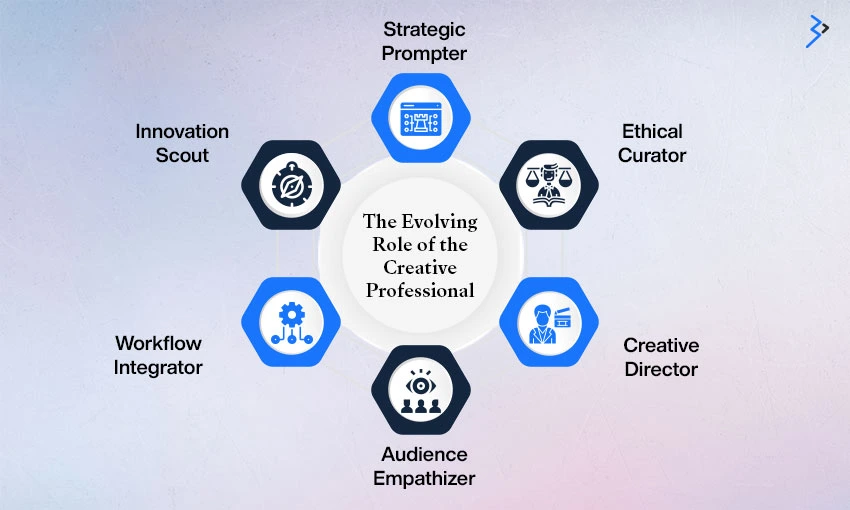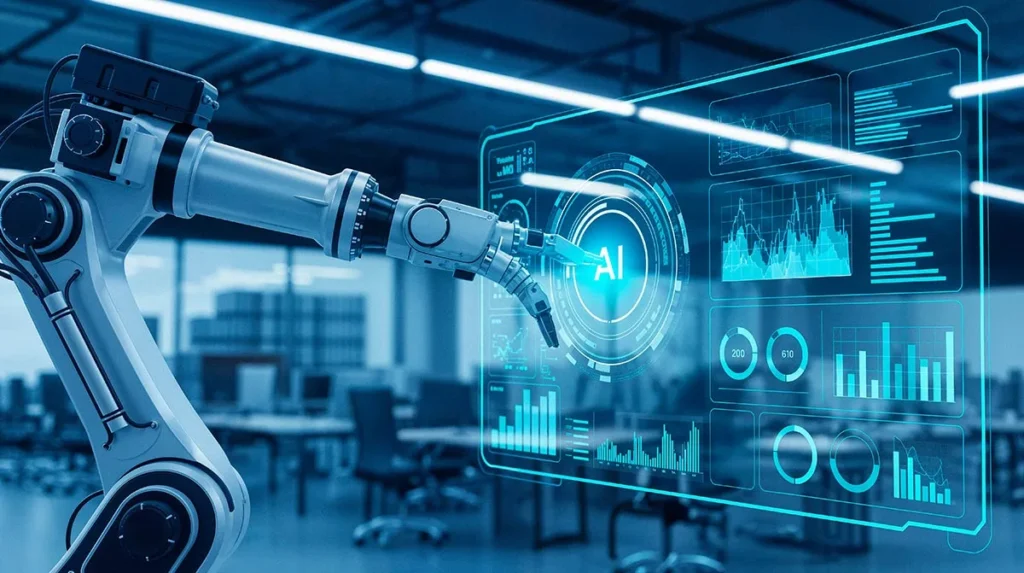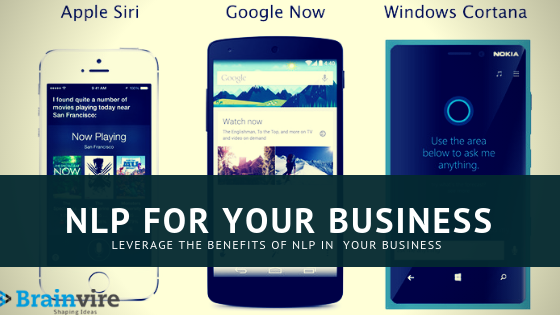What if inspiration and action occurred in the blink of an eye? A creative team can generate numerous captivating concepts, images, ad copies, and video scripts in one afternoon. This approach eliminates the need for weeks spent on mood boards. It sounds incredible, and it’s becoming a reality as generative AI transforms the creative industries. The possibilities are endless.
AI-driven smart tagging has streamlined digital asset labeling, revealing hidden “dark assets.” Generative AI enhances content creation efficiency, shifting focus from the process to vision and strategy.
The creative field has changed more than it has since desktop publishing was invented. This change isn’t meant to diminish human creativity; instead, it is designed to boost it. Speeding up processes and for larger-scale projects gives marketers and designers an excellent new advantage in their creative work.
The Content Creation Bottleneck: Why Speed Matters Now

The digital world demands quick content, from personalized ads to fast social media updates. Traditional creative processes, such as brainstorming, sketching, drafting, and revising, struggle to keep up with the speed needed. Generative AI aims to solve these issues.
Idea Fatigue and Time Drain:
Getting a creative brief from concept to final asset is a long, multi-step process. Brainstorming new angles, writing multiple copy options, and creating initial visual mockups can consume weeks. For instance, creating a single, localized ad campaign for twenty different regions was once a monumental task, delaying go-to-market strategies.
Inconsistent Personalization:
In a world where customers expect hyper-personalized experiences, generic content fails to land. Scaling personalized copy and visuals for millions of customers with human effort alone is virtually impossible, leading to a one-size-fits-all approach that alienates modern consumers.
The High Cost of Experimentation:
A/B testing is essential for campaign optimization, but manually producing five or ten variations of an ad set is expensive and time-consuming. The limitation hinders a brand’s discovery of innovative and high-performing creative ideas.
The Business Research Company projects that the global market for Generative AI in Creative Industries will increase from USD 3.08 billion in 2024 to USD 12.61 billion by 2029. This growth indicates a compound annual growth rate (CAGR) of approximately 32.5%.
Understanding the Generative AI Paradigm: From Automation to Creation

The key difference between earlier forms of AI (like the smart tagging we discussed previously) and Generative AI is the leap from analysis to synthesis.
- Traditional AI (Discriminative/Analytical): AI recognizes patterns. It can look at a photo and say, “This is a dog, and here is its breed” (smart tagging). It’s great at identifying, sorting, and automating repetitive tasks.
- Generative AI (Synthetic/Creative): AI creates new content based on learned patterns. For example, it can take a text prompt, “a golden retriever wearing sunglasses on a beach at sunset,” and generate a brand new, original image that never existed before.
Advanced machine learning development models power this capability, utilizing large language models for text and diffusion models for images and videos. These models have been trained on vast datasets to capture the nuances of human creativity, from brand tone and poetic structure to visual style and lighting.
In essence, Generative AI acts as the ultimate digital apprentice, capable of instantly producing high-quality first drafts of almost any asset.
Unlocking Power: 4 Key Benefits of Generative AI in Creative Workflows

Generative AI doesn’t just make old processes faster; it introduces fundamentally new working methods that deliver measurable business value across content creation, design, strategy, and more.
01 | Unprecedented Speed and Efficiency
The most immediate benefit is speed. Instead of days to get a visual concept, you get it in seconds. According to Salesforce, 76% of marketers surveyed say they use generative AI for content creation and copywriting, redirecting significant saved time to other high-value tasks.
- Drafting in Minutes, Not Days: Writers can quickly generate a complete blog outline or draft an email campaign, focusing on brand voice and human experience while maintaining factual accuracy.
- Concept Prototyping for Designers: By adjusting text prompts, designers can rapidly explore multiple visual concepts. This enables a fast transition from initial ideas to polished designs and eliminates tedious manual iterations.
- Strategic Planning Assistance: AI can help marketing and creative teams generate campaign ideas, messaging frameworks, and competitive analyses in minutes rather than hours, streamlining the ideation-to-execution cycle.
02 | Scaling Hyper-Personalization
Generative AI enables “segment of one” marketing at scale. Marketers can now create personalized content that resonates with the individual.
- According to the Guardian’s case study with Insider, after unifying customer data via a CDP and delivering personalized onsite campaigns (including coupons and messages based on browsing history), the retailer saw conversion rates increase by over 12%.
- AI-driven design tools can automatically tailor layouts, color schemes, and visuals to match individual audience segments, enhancing engagement and brand relevance.
03 | Amplifying Creative Brainstorming and Ideation
Creative professionals often face writer’s block or get stuck in familiar patterns. Generative AI acts as an endless brainstorming partner across multiple creative workflows.
- Generating Dozens of Variants: Marketers can create multiple versions of headlines, social media marketing posts, ad copy sets, or campaign taglines, enabling more effective A/B testing and uncovering creative insights humans might miss.
- Rapid Multimodal Assets: From a single approved copy, AI can instantly produce a LinkedIn summary, three Instagram captions, a Twitter thread, and an email intro, eliminating separate content creation efforts.
- Design Exploration: AI-powered tools can suggest layout variations, typography options, and color palettes for presentations, digital ads, or branding materials, accelerating the creative decision-making process.
- Strategic Ideation: For brand or product strategy, AI can simulate market scenarios, generate SWOT analyses, or propose creative positioning ideas, allowing teams to make data-informed strategic decisions faster.
04 | Cost Reduction and Operational Efficiency
The ability to automate repetitive tasks directly translates into significant cost savings.
- According to Morgan Stanley research, integrating GenAI tools could cut major media companies’ programming expenses by about 10%.
- A report by MPA-Deloitte for the Indian government indicates that AI has the potential to reduce production costs by 30%, especially in post-production workflows and visual effects (VFX).
- Generative AI can also automate design assets for multiple platforms, reducing reliance on external agencies or freelancers and lowering production overhead.
Overcoming the Challenges: The Human-in-the-Loop Principle

Generative AI is a powerful accelerator but not a set-it-and-forget-it tool. Its successful adoption hinges on addressing several critical challenges:
Ensuring Quality and Consistency (The “Guardrails”)
AI models can “hallucinate” or generate content that is factually incorrect or off-brand. The solution is the “Human-in-the-Loop” principle. The AI drafts the content, but the human creator reviews and finalizes it, ensuring brand voice and legal compliance. According to Salesforce’s Generative AI Statistics for 2024, 60% of employees said human oversight is essential for establishing generative AI as a trusted technology.
Intellectual Property and Data Ethics
The main issue is ensuring that the AI training data is ethically sourced and complies with IP law. Companies must ensure their Generative AI solutions have clear governance rules regarding how proprietary brand data is used and protected.
Integration and Workflow
Generative AI’s value is unlocked when integrated into platforms like Digital Asset Management (DAM) systems and Content Management Systems (CMS). Disconnected tools slow down the workflow and diminish the ROI.
The Evolving Role of the Creative Professional

Just as the Digital Asset Manager evolved from archivist to strategist, the creative professional must evolve from creator to curator and strategist across all creative workflows, design, video, animation, UX, marketing, and more.
Generative AI handles first-draft execution and repetitive tasks, allowing humans to focus on intention and impact:
- Strategic Prompter: Crafting effective prompts to guide AI across copy, visuals, animations, and interactive designs.
- Ethical Curator: Reviewing AI-generated content for brand voice, factual accuracy, legal compliance, and quality across media formats.
- Creative Director: Using AI to rapidly explore diverse concepts, layouts, prototypes, or campaigns, identifying the most effective creative direction.
- Audience Empathizer: Infusing emotion, context, and authentic human experiences that machines cannot replicate.
- Workflow Integrator: Orchestrating AI tools across multiple creative processes—video editing, animation pipelines, motion graphics, 3D modeling, UX prototyping—to streamline production while maintaining high standards.
- Innovation Scout: Leveraging AI insights to experiment with new formats, interactive experiences, and emerging technologies like AR/VR, ensuring creativity stays ahead of trends.
The future of creativity is a partnership, human judgment, strategic vision, and emotional insight guiding machine speed and scalability across all creative workflows.
Conclusion: Partnering for Accelerated Creative Excellence with Brainvire
The age of Generative AI isn’t a distant future; it’s the standard in creative industries today. It boosts efficiency, enables large-scale personalization, reduces production costs, and speeds up time to market. The focus now is on integrating it strategically and ethically into your digital ecosystem.
At Brainvire, we believe that the true power of Generative AI comes from a cohesive digital strategy. We collaborate to develop a human-centric AI workflow that ensures your technology adoption enhances competitiveness while preserving quality and brand integrity. Let’s transform your creative pipeline so your team can focus on innovation while AI handles the execution.
FAQs
Intelligent tagging AI (Discriminative AI) is primarily used to recognize and categorize existing content (e.g., identifying a “dog” in an image). Generative AI is Synthetic AI; it creates new, original content (text, images, video) based on a human prompt. It synthesizes new data rather than just analyzing old data.
Generative AI enhances speed and efficiency in creative and marketing workflows. It helps with content creation, design, video production, and campaign personalization, freeing up teams to focus on strategic work. AI-driven personalization boosts engagement, conversion rates, and customer loyalty.
No. Generative AI is an acceleration and augmentation tool. It replaces repetitive, time-consuming first-draft work. The innovative professional’s role evolves from execution to strategic curation, ethical oversight, and enhancing brand voice and human experience that AI can’t replicate. The “Human-in-the-Loop” remains essential for ensuring quality and brand compliance.
The primary dangers are generating off-brand or inaccurate content, damaging brand reputation, and intellectual property/copyright issues from improperly trained models. Robust governance, including human oversight and clear policy guardrails, is necessary to mitigate these risks.
Businesses should work with partners to deploy customized Generative AI models. These models use the organization’s proprietary data and brand assets to ensure output aligns with its voice, tone, and legal compliance.
Related Articles
-
The Future of AI Agents: How Intelligent Automation Is Transforming Enterprise Workflows
We’re entering a new era of automation~ smarter, faster, and more human-like than ever. For years, businesses used basic automation to handle repetitive tasks, but those tools couldn’t adapt or
-
NLP Solution Use-Cases Redefining the Business Sector
Natural Language Processing or NLP, as it commonly called, is gaining a lot of momentum these days. Organizations are using this piece of technology in various manners depending upon the
-
How Metaverse and AI Are Changing The Face Of Digital Transformation?
Digital transformation solutions have transformed how businesses function, allowing them to adopt new technology and stay ahead of the competition. Numerous organizations seeking to modernize their operations are embracing B2B




